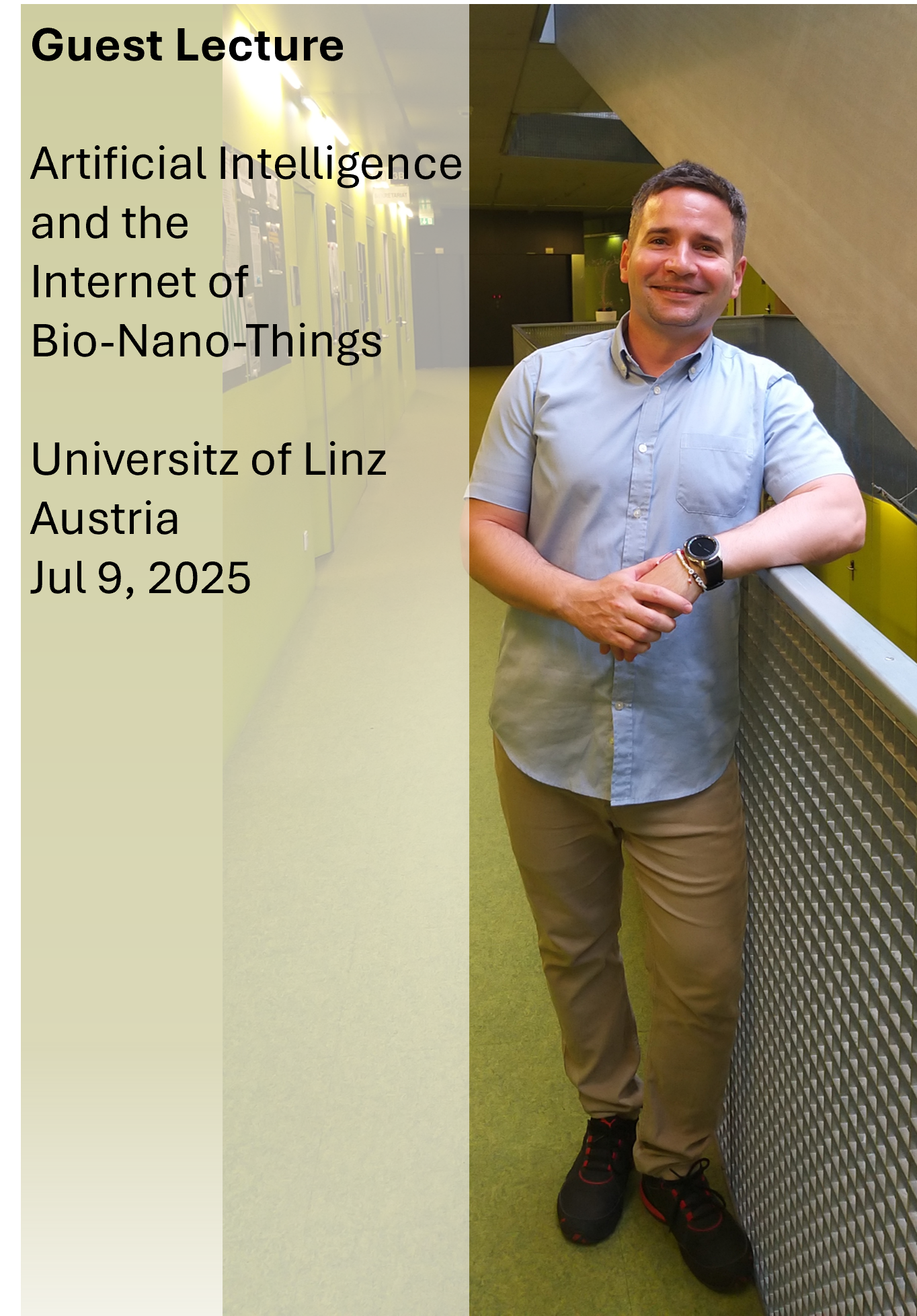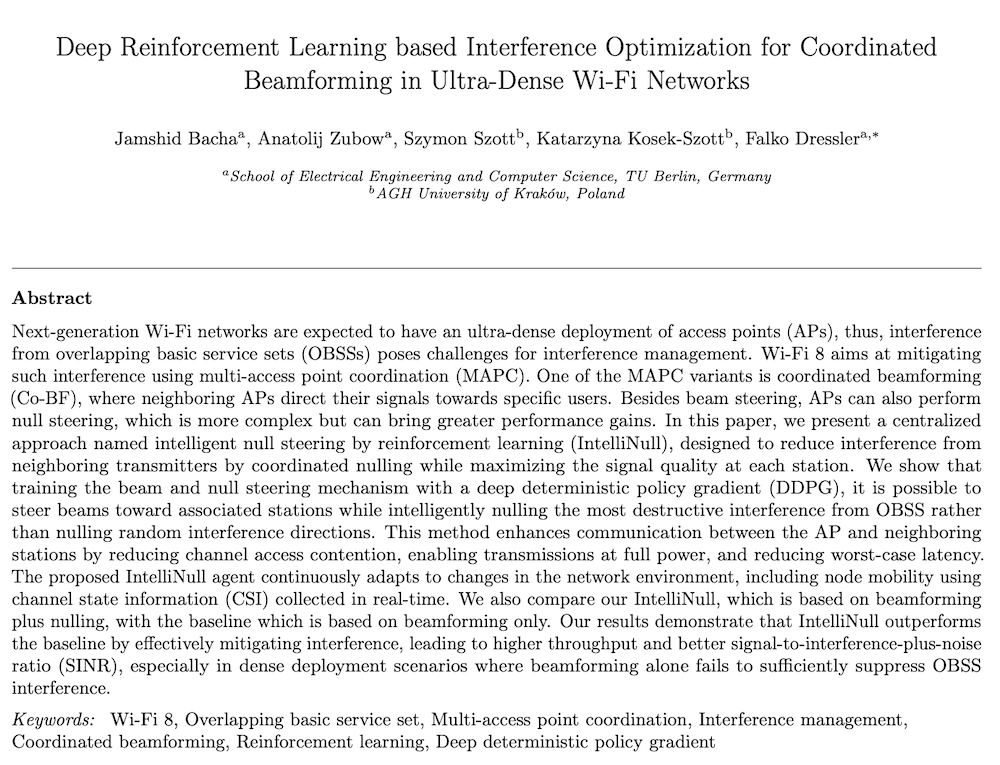Literature Database Entry
labella2006bio-inspired
Thomas Halva Labella and Falko Dressler, "A Bio-Inspired Architecture for Division of Labour in SANETs," Proceedings of 1st IEEE/ACM International Conference on Bio-Inspired Models of Network, Information and Computing Systems (BIONETICS 2006), Cavalese, Italy, December 2006.
Abstract
Division of labour is one of the possible strategies to efficiently exploit the resources of autonomous systems. It is also a phenomenon often observed in animal systems. We show an architecture that implements division of labour in Sensor/Actuator Networks. The way the nodes take their decisions is inspired by ants' foraging behaviour. The preliminary results show that the architecture and the bio-inspired mechanism successfully induce self-organised division of labour in the network. The experiments were run in simulation. We developed a new type of simulator for this purpose. Key features of our work are cross-layer design and exploitation if inter-node interactions. No explicit negotiation between the agents takes place.
Quick access
Original Version ![]() (at publishers web site)
(at publishers web site)
Authors' Version ![]() (PDF on this web site)
(PDF on this web site)
BibTeX ![]()
Contact
Thomas Halva Labella
Falko Dressler
BibTeX reference
@inproceedings{labella2006bio-inspired,
author = {Labella, Thomas Halva and Dressler, Falko},
doi = {10.1109/BIMNICS.2006.361826},
title = {{A Bio-Inspired Architecture for Division of Labour in SANETs}},
ccs-acm_authorize = {http://dl.acm.org/authorize?921375},
publisher = {IEEE},
address = {Cavalese, Italy},
booktitle = {1st IEEE/ACM International Conference on Bio-Inspired Models of Network, Information and Computing Systems (BIONETICS 2006)},
month = {12},
year = {2006},
}
Copyright notice
Links to final or draft versions of papers are presented here to ensure timely dissemination of scholarly and technical work. Copyright and all rights therein are retained by authors or by other copyright holders. All persons copying this information are expected to adhere to the terms and constraints invoked by each author's copyright. In most cases, these works may not be reposted or distributed for commercial purposes without the explicit permission of the copyright holder.
The following applies to all papers listed above that have IEEE copyrights: Personal use of this material is permitted. However, permission to reprint/republish this material for advertising or promotional purposes or for creating new collective works for resale or redistribution to servers or lists, or to reuse any copyrighted component of this work in other works must be obtained from the IEEE.
The following applies to all papers listed above that are in submission to IEEE conference/workshop proceedings or journals: This work has been submitted to the IEEE for possible publication. Copyright may be transferred without notice, after which this version may no longer be accessible.
The following applies to all papers listed above that have ACM copyrights: ACM COPYRIGHT NOTICE. Permission to make digital or hard copies of part or all of this work for personal or classroom use is granted without fee provided that copies are not made or distributed for profit or commercial advantage and that copies bear this notice and the full citation on the first page. Copyrights for components of this work owned by others than ACM must be honored. Abstracting with credit is permitted. To copy otherwise, to republish, to post on servers, or to redistribute to lists, requires prior specific permission and/or a fee. Request permissions from Publications Dept., ACM, Inc., fax +1 (212) 869-0481, or permissions@acm.org.
The following applies to all SpringerLink papers listed above that have Springer Science+Business Media copyrights: The original publication is available at www.springerlink.com.
This page was automatically generated using BibDB and bib2web.







